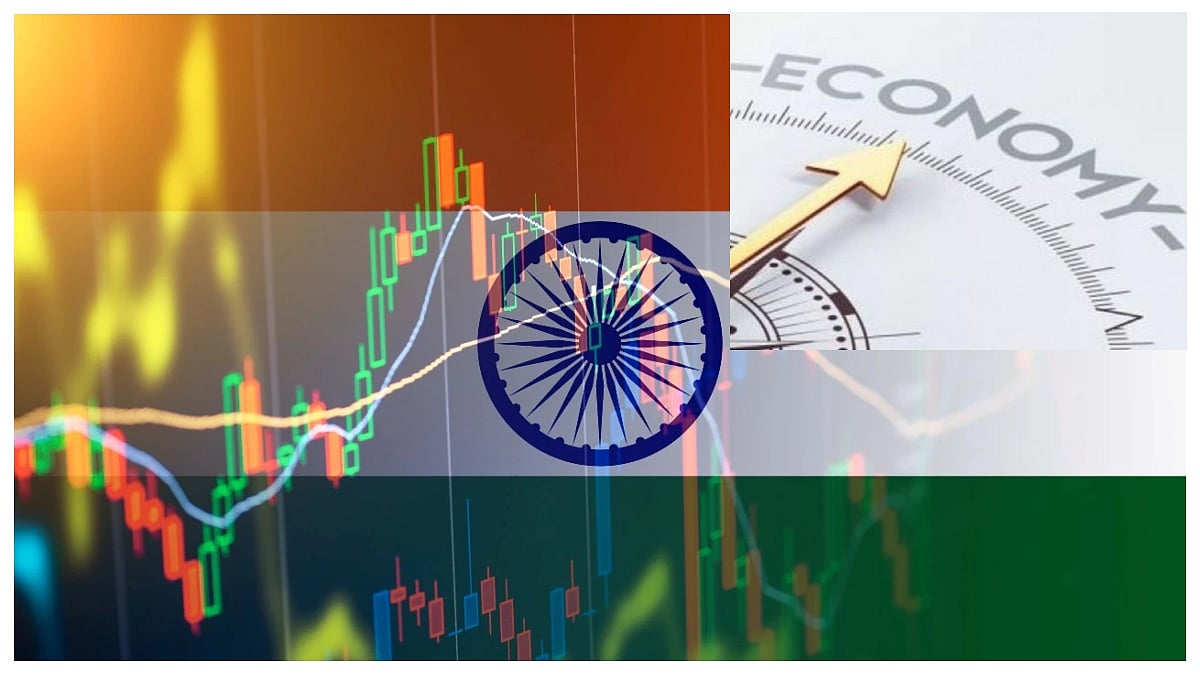Mumbai: India is the world's second largest travel titan, and China retains its position as the world’s largest outbound travel market, a report released by the annual Mastercard Economics Institute (MEI) on consumer spending in the travel economy revealed on Thursday.
“Today, Indians are becoming the fastest growing outbound travellers globally, and will overtake China in the immediate future,” chairperson of a leading Indian hospitality conglomerate, said.
“India posted the country’s highest number of outbound travellers on record in 2024, Indian tourists are exploring a broad mix of destinations—the top three being Abu Dhabi, Hanoi, and Bali—with growth supported by expanded direct flight connections and a rapidly growing middle class that is eager to travel. Together, the two markets continue to play an outsized role in shaping global travel flows,” said a senior Mastercard official.
On exchange rate fluctuations, MEI said tourists from India, Singapore, South Korea, and Taiwan are particularly sensitive to exchange rate fluctuations, after accounting for other factors. Specifically, a 1% depreciation of the USD against their local currencies corresponds to an approximate 0.6–0.8% increase in the number of tourists traveling to the US. These findings, consistent with our earlier analysis of tourism to Japan, suggest that these travelers are more responsive to exchange rate movements when selecting outbound destinations. Corporates today are limiting global travel in favor of regional trips. And while people are taking fewer business trips overall, the average duration is longer, suggesting efforts to stretch travel budgets. For example, US-based travelers’ trips to Asia-Pacific increased from 8.8 days to 10.2 days.
David Mann, chief economist, Asia Pacific, Mastercard, said: “The Asia-Pacific region continues to set the pace for global travel, with buzzing destinations like Tokyo, Shanghai, Seoul, and Singapore capturing the imagination of travelers around the world. Even as economic uncertainty persists, travel remains a bright spot—driven by people seeking meaningful, value-driven experiences. From exchange rates to regional accessibility, travelers are making smarter, more intentional choices about where they go and why, with a clear shift toward more personal, purposeful journeys.”
“Having said this, fraud in popular tourist destinations spikes up to 28% during peak seasons, Common scams include inflated charges in restaurants and taxis, fake tour companies, and fraudulent property listings,” the report said.
Asia-Pacific is home to eight of the world’s top 15 trending summer travel destinations. While exchange rates and geopolitical dynamics can influence behavior, the report highlights that passions and purpose-driven motivations remain strong drivers shaping the travel industry. Drawing on a unique analysis of aggregated and anonymized transaction data and third-party data sources, the report uncovers what is shaping travel choices today.
Tokyo and Osaka are the world’s #1 and #2 top trending destinations for summer travel, with the two largest increases in tourism demand relative to previous levels.

In 2024, Japan’s capital city climbed from the number two spot that it held in 2023 to lead global travel demand heading into the peak summer season, reflecting its continued appeal. Meanwhile Vietnam made a surprise entry into the list, climbing in popularity thanks to its beautiful beaches, enviable coastline and vibrant nightlife.
Across Asia-Pacific, travelers are prioritizing dining, nature, and wellness as key motivators for travel, seeking meaningful moments over traditional sightseeing. Destinations like Gianyar in Bali, Indonesia, known for its iconic Babi Guling spit-roasted pork, and Queenstown in New Zealand—where restaurants welcomed tourists from 44 countries in 2024—are standing out as globalized culinary hotspots.
Thailand is among the destinations leading the way in relaxation experiences and self-care, where visitors can reconnect with nature in immersive eco lodges or find calm in meditation retreats. At the same time, the rising WTI score for New Zealand suggests a growing effort to be part of this popular movement. Overall, the trend toward purpose-driven travel reflects people’s broader desire for experiences that nourish both body and spirit.











